



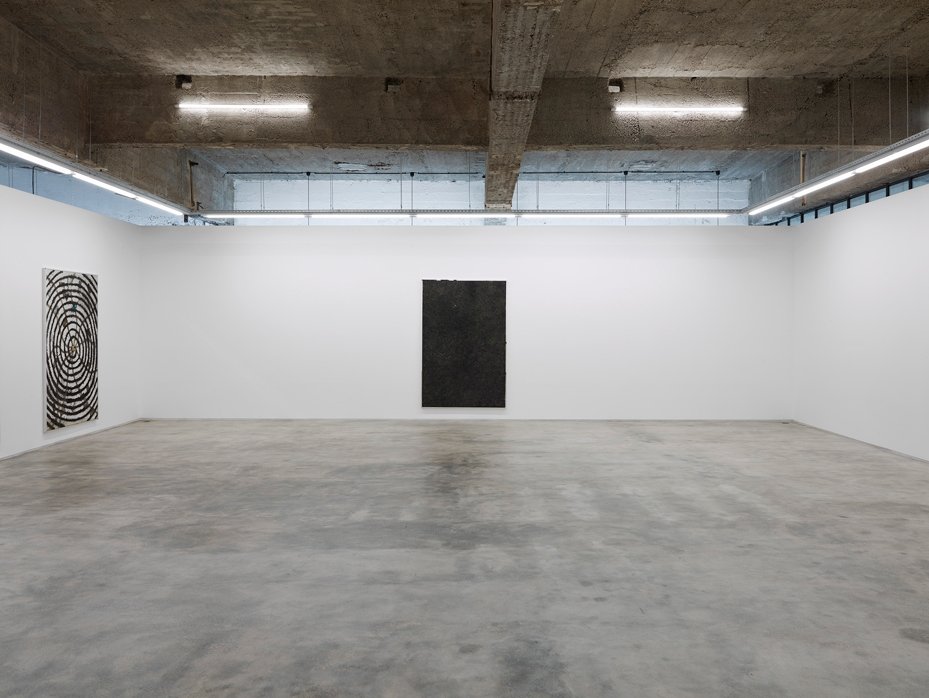
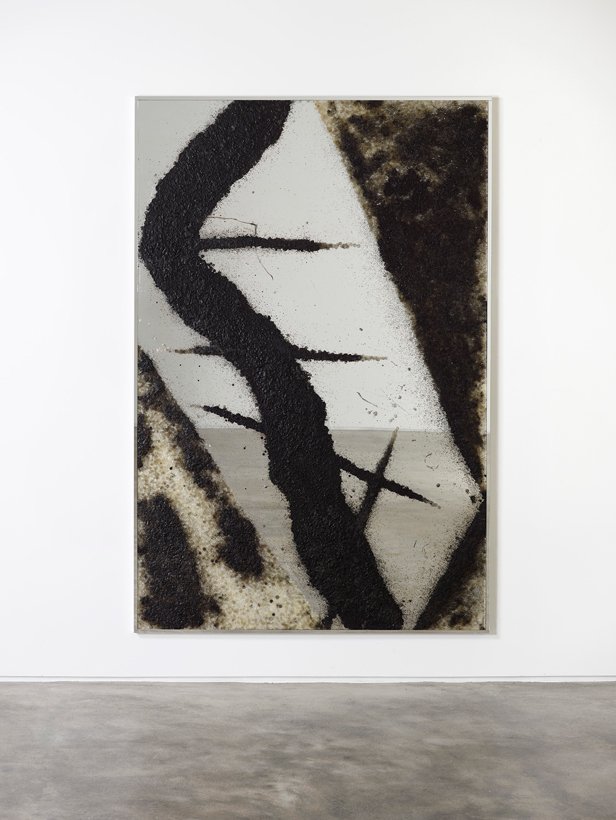
CICATRIZ
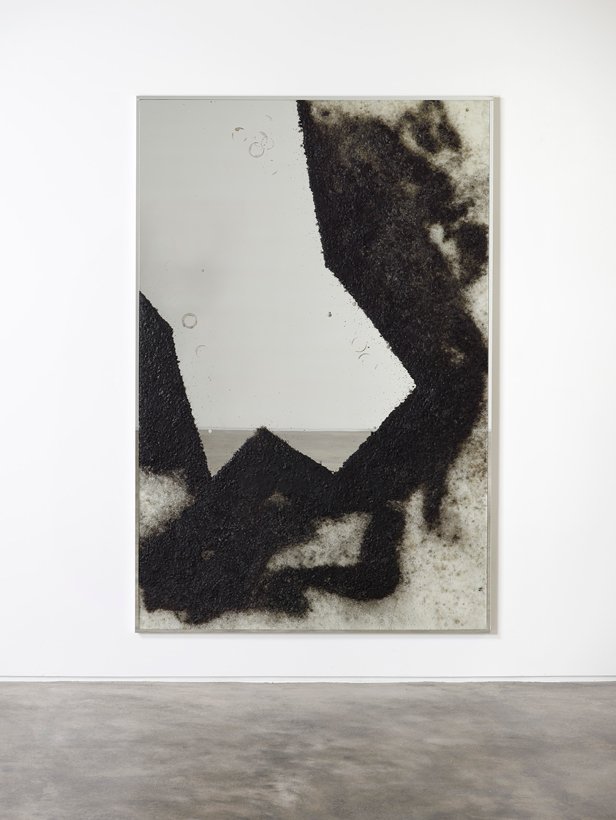
PARAÍSO

ENCANTADA
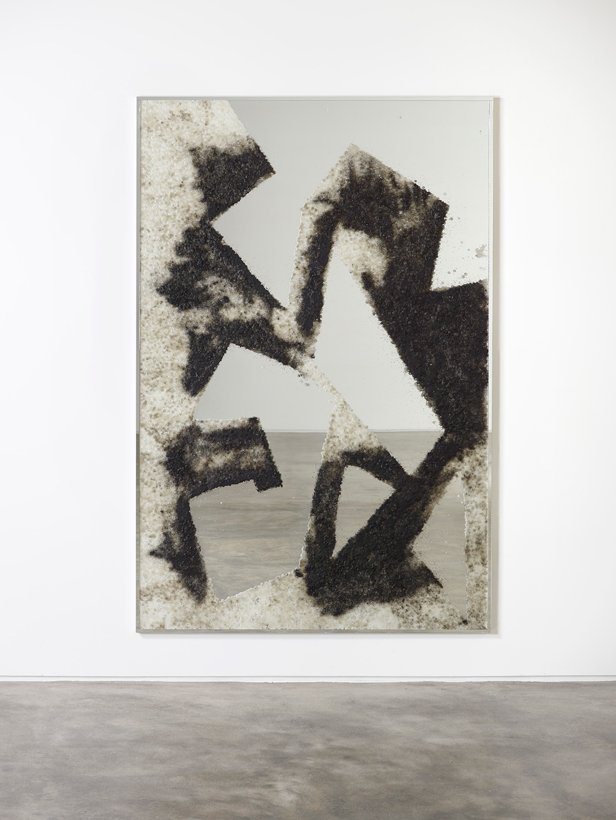
PERDIÇÃO

ROULETTE

DEPENDÊNCIA

BORBOLETAS

ESPIRAL

DESENGANAR

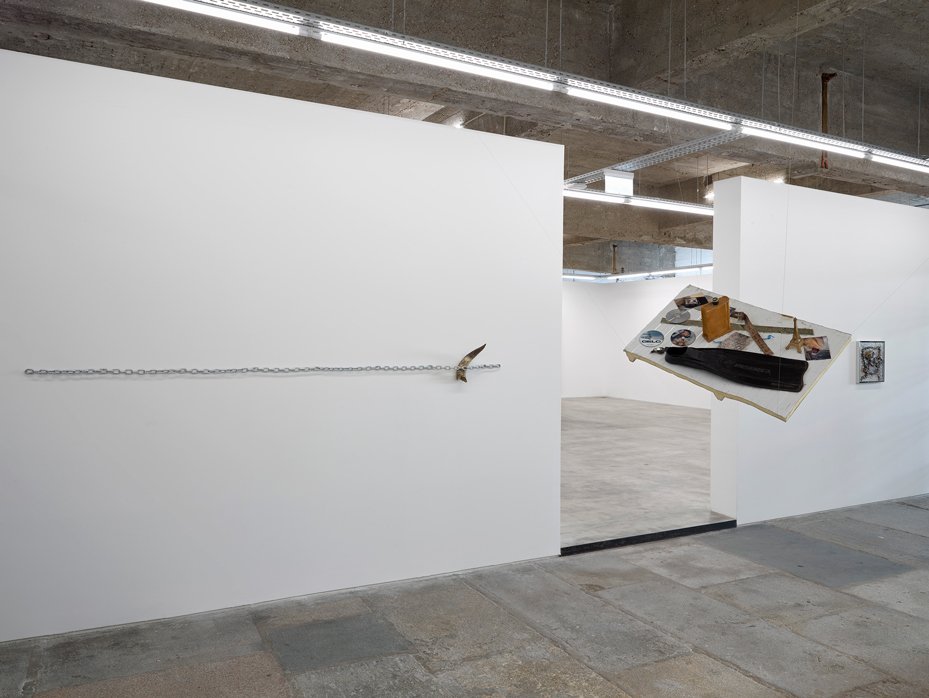

#HORNYCHAIN

AFOGADO


#CACHIMBOEMLÍNGUACORTADA
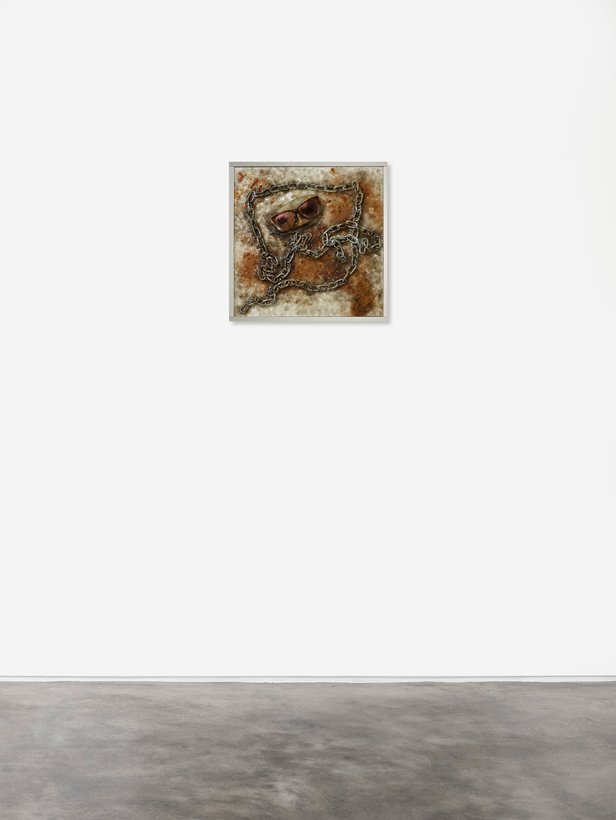

#PUNKDERRETIDOVÓMITO

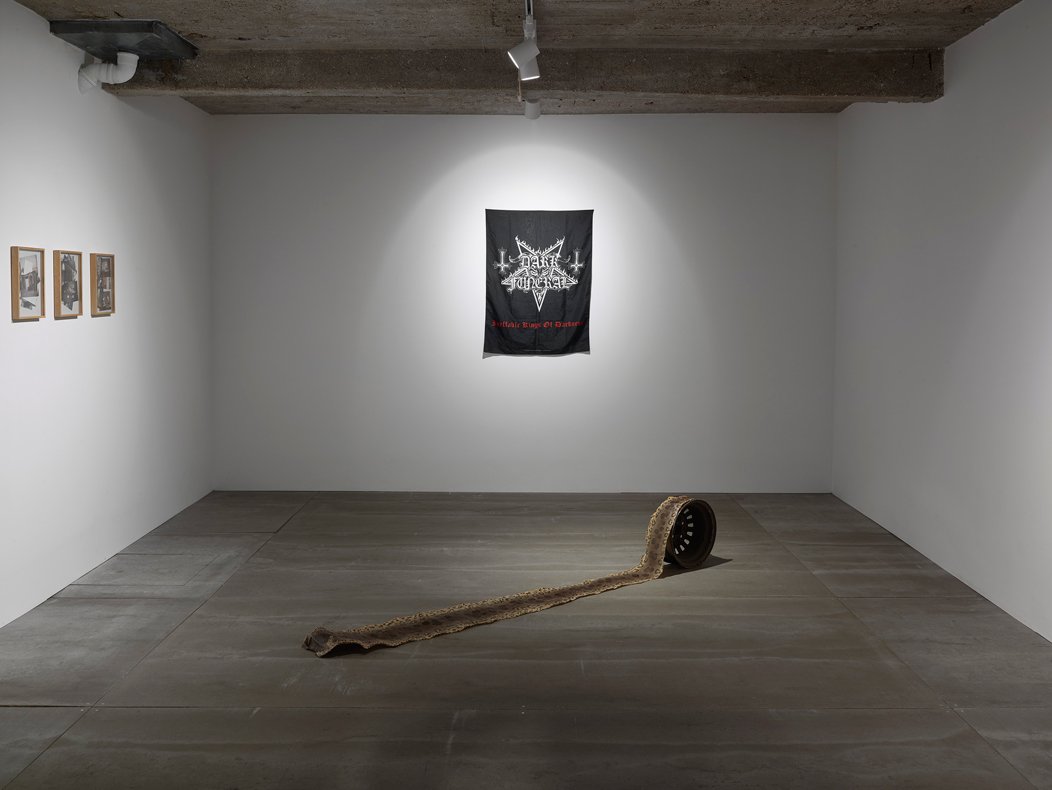


FRAGMENTOS - RETIRO DOS CARVALHOS
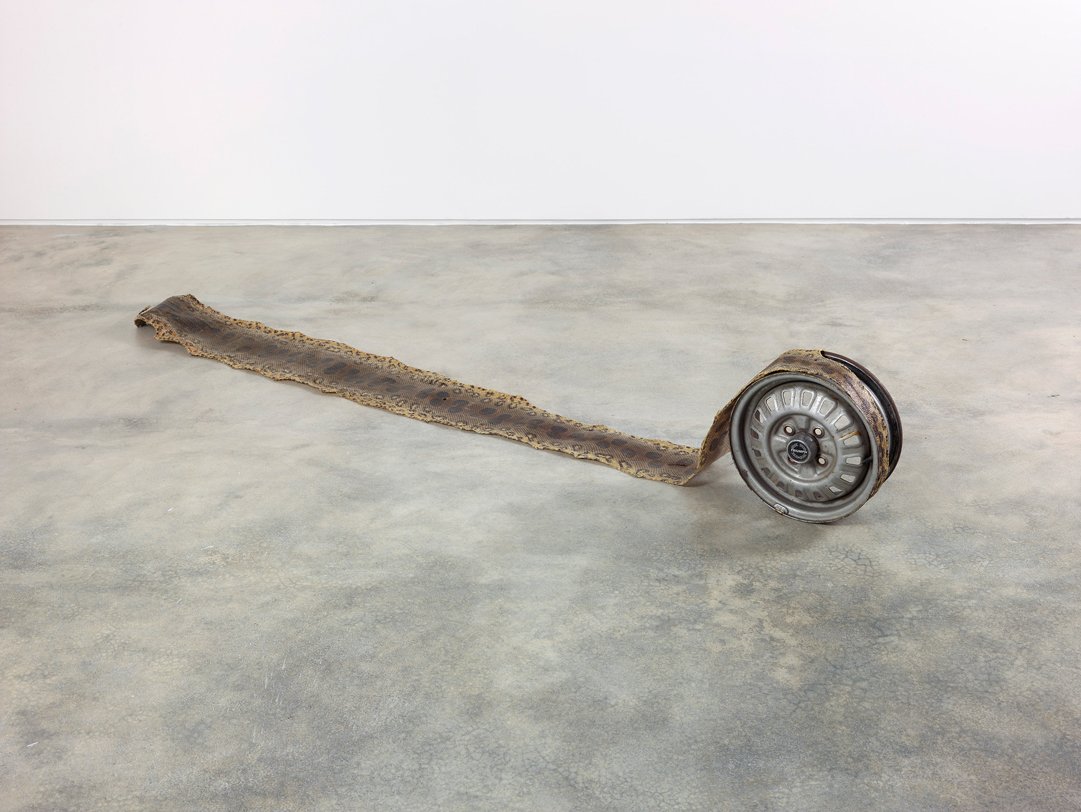

ACORDAR A SERPENTE
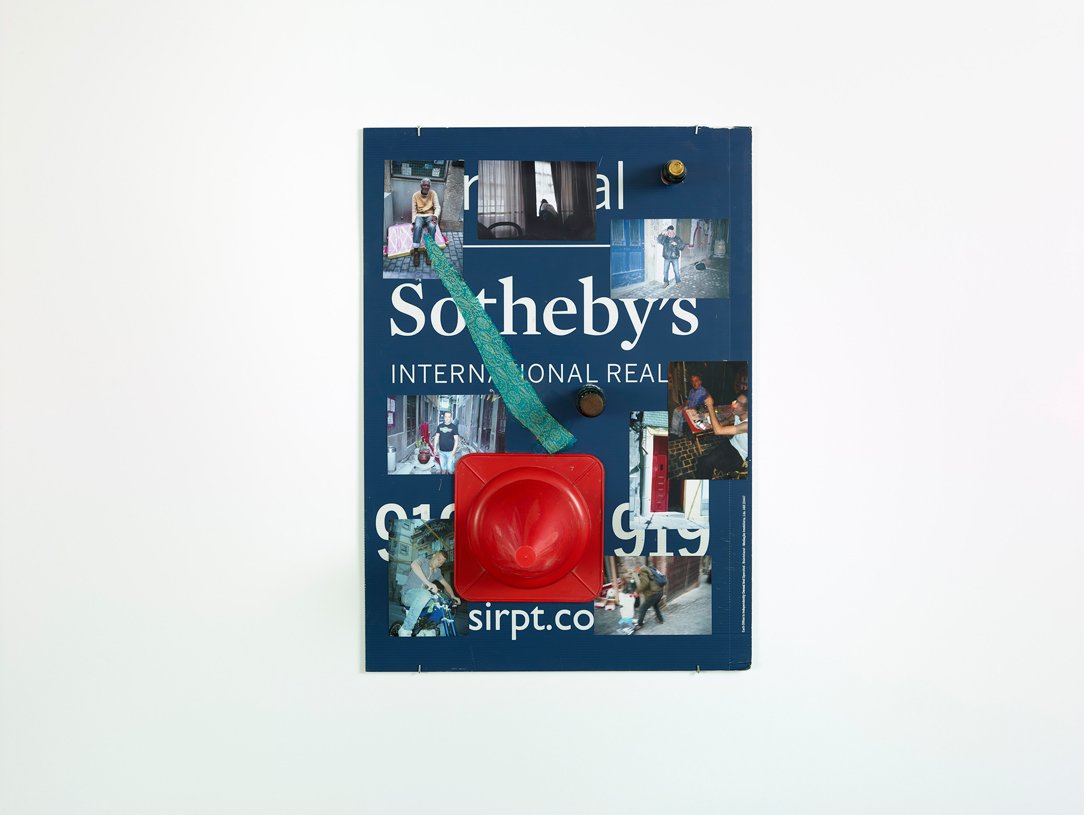
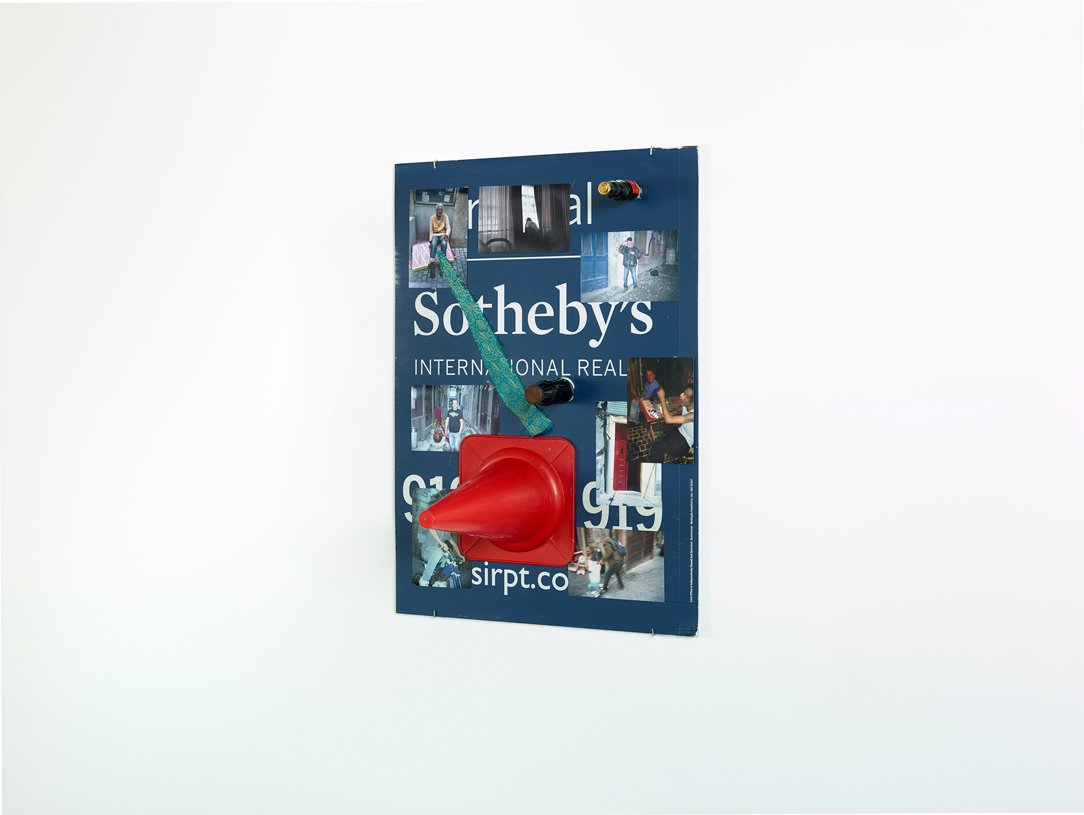
#CASASNUMBECOMALCHEIROSO

VIAGEM DOS MORTOS

#DIANANATVEMDVD
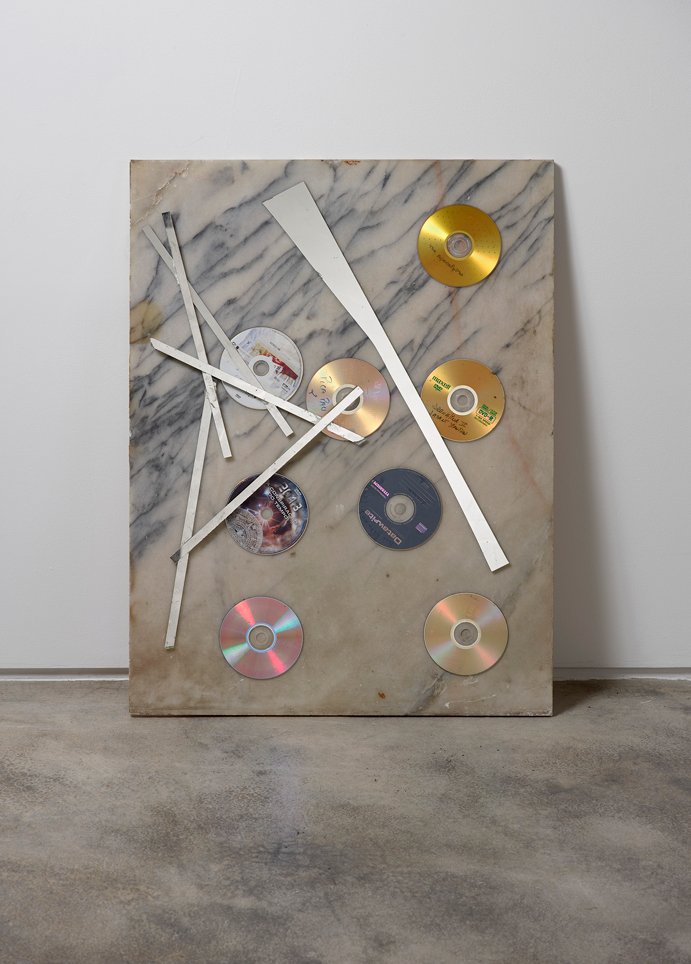
#APOCALIPSEPICAPAU
Trânsito e tráfico. A vida na arte.
São muitos os exemplos, no contexto da história da arte moderna, do retrato expandido de uma determinada vivência social que fica de tal forma plasmada na obra dos artistas que essa realidade irrompe como verdade totalizante, pelo menos no que se afirma como imaginário visual recorrente e referencial. Dos lânguidos passeios e piqueniques de domingo dos impressionistas, passando pelo frenesim eletrizante das noites berlinenses da Neue Sachlichkeit, da fotografia da grande depressão americana de Walker Evans até à intimidade desviante de Nan Goldin, da sociedade segregacionista de David Goldblatt à Europa de Paulo Nozolino, na sua deriva de desmemoriação.
A imersão num contexto pode resultar num exercício de observação privilegiado, ainda que eticamente não obrigatório. No entanto, a proximidade com o passar do tempo específico a um território, com os sons, os cheiros, as dinâmicas de interação pessoais, a apreensão de regras e códigos próprios acaba por determinar a possibilidade de análise e transformação da matéria vivida com maior propriedade. Nestes casos, a criação artística é o limite à verdade. A distância do observado consuma-se na desnecessidade documental.
Quando em 2008 Mauro Cerqueira e André Sousa decidiram abrir um espaço na Rua dos Caldeireiros, no centro histórico do Porto, esta era ainda uma artéria que vivia no longo estertor de uma confluência de pequenos negócios, indústrias e habitação (na maior parte dos casos de uma população envelhecida ou socialmente fragilizada). Uma Certa Falta de Coerência, nome dado ao espaço, não veio impor-se como elemento disruptivo de uma elite intelectual ou artística na degradada realidade local, antes aproveitou, tal como as evidências de decadência do próprio espaço físico, as circunstâncias específicas para modelar um plano de convivência estruturante. O facto de Mauro Cerqueira ter decidido habitar e estabelecer o seu atelier na rua veio reforçar esse sentimento de comunidade.
Quem, como eu, só ocasionalmente passava nos Caldeireiros lembra-se como nos idos anos noventa do século passado, no boom menos escondido do consumo de heroína, os junkies desciam (em passo leve) e subiam (a custo) a íngreme artéria. Era uma imagem impressionante, onde esses espectros desmaterializados conviviam com uma crescente degradação económica e social. No entanto, a comunidade ia resistindo, alguns negócios quase centenários persistiam, aí ia propositadamente muita gente à famosa Adega Vila Meã, monumento à boa comida tradicional.
Mauro Cerqueira travou conhecimento com muitos personagens locais, percebeu como a comunidade se estava a transformar. A partir de relatos, histórias e vivências começou a erigir uma narrativa visual e formal que condensa com particular energia um estar no tempo sem capacidade de transformação. Nem ele, nem os seus vizinhos, amigos e restante população poderiam imaginar o que sucederia nos anos sequentes. A gentrificação avassaladora só não é total por teimosia de alguns moradores, pelos tais espectros (menos) que por aí circulam, pelo cheiro a mijo (agora mais cosmopolita, com certeza) que ainda povoa becos transversais em ondas pestilentas. Contou-me o Mauro que, hoje em dia, tem dificuldade em sair de casa sem ser apanhado numa ocasional fotografia de telemóvel. Eu próprio testemunhei esse fenómeno enquanto esperava que ele me abrisse a porta: numa esquina grupos de turistas fotografavam compulsivamente a rua e eu fiquei, inadvertidamente, a fazer parte do cenário.
Cidade – cenário. É isso. Este é o pior desígnio possível para uma cidade como a nossa. Olhando à volta são inúmeros os edifícios que num assomo ridículo de má consciência são esventrados até ao tutano, mantendo-se a traça de uma pobre fachada que é complementada com toneladas de Pladur e Ikea.
Não se pense que aqui se ensaia qualquer tipo de discurso moralista. A inevitabilidade do fenómeno é consensual, os modos de reagir à coisa poderão não o ser. Mauro Cerqueira também não advoga qualquer tipo de superioridade moral, ética ou intelectual sobre aqueles com quem trabalha e referencia. Constata. Dá voz (por vezes). Mas, acima de tudo, irrompe no ainda demasiado complacente e conservador contexto do público das artes plásticas nacionais com descomprometida energia disruptiva. No coração da exposição que agora se apresenta, uma série de obras de grande formato referem a tradição da grande pintura abstrata da segunda metade do século vinte. Ao longe e nas imaculadas paredes brancas da galeria, que nesta nova sede ganhou espessura parainstitucional, alinham-se obras que evidenciam formas negras que desenham círculos, formas serpenteantes ou geométricas. Quando nos aproximamos percebemos que o fundo não é tela, mas sim um espelho. Vemos que, em muitas delas, são aplicados objetos sobre essa superfície especular: grades, conchas e partes de telemóveis, entre outros. Surpreendentemente, as manchas pretas não são criadas com tinta, mas desenhadas com cera queimada.
A antítese da luz: o negro, aqui reiterado enquanto resquício de um branco de outrora, agora queimado e abandonado num recanto claustrofóbico, húmido e sujo. O espaço da viagem do Grande Dragão, metafísica dos dependentes. Mas cera branca, também, da fé dos ex-votos: a metafísica dos crentes. Intrigante, a Capela de Nossa Senhora da Silva na Rua dos Caldeireiros é uma imagem da crença observante dos transeuntes em viagem opiácea. É nesses extremos que estas obras se ancoram. Trânsito espiritual e tráfico material. O espelho é uma superfície branca para a vaidade alheia, uma testemunha deste estranho e ambíguo ziguezague. Não consigo deixar de imaginar as centenas de selfies que se vão engendrar nestas obras. Narciso não ao espelho, antes numa vertigem que, de modo mais ou menos tímido, tenta submergir enquanto imagem reificada do espectador que encontra o plano perfeito entre a sujidade da arte e o resplandecer aditivo do espelho.
Como referi anteriormente, o artista manipula com particular perversidade a apetência subliminar do espetador pela bela forma e a consequente descida à rugosidade do real transfigurado. Um mundo algures entre a Quinta Avenida e os Caldeireiros. Bravo.
São, contudo, muito mais abrangentes as referências e apropriações que Mauro Cerqueira nos propõe neste Desenganar (título que deu à exposição). Desde materiais trazidos da sua experiência na residência Robert Rauschenberg em Captiva na Flórida em 2013, até memorabilia de referências juvenis de bandas de black metal como os Dark Funeral, o que aqui prevalece é a ideia de memória como origem de um território formal e socialmente desregrado que usa o real como âncora de deslizamentos percetivos de alcance neorrealista, na melhor aceção do termo. Sim, feios, porcos e maus. Pode ser. Mas não será ainda mais feia, porca e má a conjuntura histórica que os tenta tirar do ponto de vista? Olhar é um ato de edição crítica da realidade. Olhar o mundo para além do mundo estável é desdobrar criticamente a nossa capacidade de pensar e agir. Isto é o que Mauro Cerqueira nos propõe.
Que mais pode a arte?
Miguel von Hafe Pérez__________________________________________________________
English version:
Transit and traffic. Life in art.
In the context of the history of modern art, there are many examples of expanded portraits of social experiences that are incorporated into the work of the artists in such a way that a certain reality comes across as a totalizing truth, at least in those recurrent and referential elements that build up a specific visual universe: from the Impressionist’s idle promenades and Sunday picnics to the electrifying frenzy of the Berlin nights of the Neue Sachlichkeit, from Walker Evans photographs of the American Great Depression to Nan Goldin’s queer intimacy, from the segregated society portrayed by David Goldblatt to Paulo Nozolino’s disintegrating and oblivious Europe.
Even if it’s not an ethical requirement, immersion in a given context can result in a privileged exercise of observation. Notwithstanding, being close to the temporality that is specific to any given place, to its sounds, its odours, interpersonal dynamics, to its idiosyncratic rules and codes ends up shaping how we can analyse and transform its living matter. In these cases, artistic creation is bound by truth. The distance from the observed is materialized in the unnecessariness of the documental.
In 2008, when Mauro Cerqueira and André Sousa opened their space in Rua dos Caldeireiros, in Porto’s historical centre, the street was still a small road populated by failing businesses and industries, decrepit houses sheltering a fragile and aging community. A Certain Lack of Coherence (the space’s name) was never a disruptive element introduced by an intellectual or artistic elite imposing itself into a dilapidated local reality, but rather knew how to use the specific circumstances of both its place and space to create a plan that structured a coexistence. The fact that Mauro Cerqueira decided to move in and set up his studio on the same street only reinforced this sense of community.
Those who, like me, only occasionally wandered through Caldeireiros, might recall how, in the late 1990s, during the not so discreet heroin boom, junkies would walk down (light-footed) and up (at cost) this steep street. It was a gripping image: dematerialized spectres coexisting with growing economic and social squalor. Nonetheless, the community kept surviving, centennial businesses resisted, many would flock there searching for the gastronomic delicacies served in Adega Vila Meã, a monument to good traditional Portuguese food.
Mauro Cerqueira got acquainted with many local characters and realized how the community was being transformed. Based on his experiences and on the stories he was told, he started building a visual narrative that energetically condenses a way of being in time that lacks the capacity for transformation. Neither he nor his neighbours, neither his friends nor anyone else could have imagined what was to happen in the years to come. If the overwhelming gentrification of this area is not complete, we owe it solely to the incredible stubbornness of some of its inhabitants, of those (now fewer) spectres that still move up and down the street, and to the stench of piss (now a cosmopolitan piss, one should say) pooling in the narrowest of the side streets and alleys. Mauro told me that he now finds it difficult to get out of his place without being captured by some smartphone camera. I witness the phenomenon myself, as I waited outside after ringing his bell and a group of tourists started photographing the street compulsively. Inadvertently, I became part of the scenery.
City – scenery, that’s it. That’s the worst that can happen to a city like ours. Looking around, we can see how many buildings have been gutted and emptied of all its contents, leaving just a façade that is filled out with tonnes of plasterboard and Ikea paraphernalia.
I have no moralistic pretensions. The phenomenon’s inevitability is consensual, even if how we react to it may be the subject of heated debate. Mauro Cerqueira does not claim a higher intellectual, ethical or moral ground when compared to those he refers to and works with. He takes note. He (sometimes) gives voice. But, overall, he breaks through the still too complacent and conservative context of Portuguese plastic arts with free-spirited and disruptive energy. At the heart of the exhibition that he is now presenting, a series of large format works refer to the great tradition of the abstract painting of the second half of the 20th century. From far away, on the immaculate white of the gallery walls — which in this new space gains a kind of para-institutional aura — we see works that reveal dark circular, winding geometrical shapes. As we walk towards the work, it dawns on us that the background is not a canvas, but rather a mirror. In many of those pieces, objects were applied on the mirroring surface: metal grids, sea shells and mobile phone parts. Surprisingly, the black surfaces are not produced with paint, but drawn with burnt wax.
The antithesis of light: black, reiterated as the remnant of some bygone white, burnt and abandoned in a claustrophobic, damp and filthy corner. Riding the Great Dragon, the metaphysics of addiction. But it is also the white wax of votive candles: the metaphysics of belief. Intriguing, the Chapel of Nossa Senhora da Silva in Caldeireiros is in itself a representation of the observant belief of those who navigate the street in their opiate journeys. These pieces are held together by these extremes. Spiritual transit and material traffic. The mirror is a white surface for the vanity of others, a witness of this strange and ambiguous zigzagging. I can’t help but imagine the hundreds of selfies that will be taken in front of these pieces. Narcissus, not on a mirror but taken by a vertigo that, more or less timidly, tries to submerge as the reified image of the spectator that discovers a perfect balance between the filth of art and the addictive glow of the mirror.
As I mentioned earlier, the artist manipulates the spectator’s subliminal appetite for the beautiful form, and their consequent descent into the roughness of the transfigured real. A world somewhere between Fifth Avenue and Rua dos Caldeireiros. Bravo.
SEven so, Mauro Cerqueira proposes much broader references and appropriations in this Desenganar [the title of the show, which roughly translates into something between to undeceive and to disillusion]. Including materials he brought from his experience at the Rauschenberg residency, in Captiva, Florida, in 2013, and memorabilia pertaining to juvenile references, such as black metal bands like the Dark Funeral; what prevails in the show is the idea of memory as the origin of a formally and socially unruly territory which uses the real as the anchor for neorealist perceptual landslides. Yes, down and dirty: brutti, sporchi e cattivi, we welcome it. And what about this historical context that attempts to remove these people from view? Isn’t it even lower, even dirtier? Whenever we gaze upon something, we are editing reality. Looking upon the world beyond the limits of its stability, we critically expand our capacity to think and act. That is what Mauro Cerqueira asks us to do. What more could we ask of art?
Miguel von Hafe Pérez Translated by Martin Dale